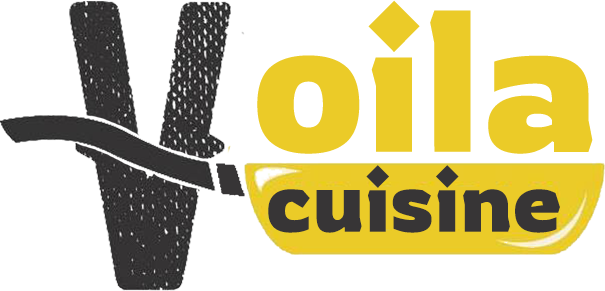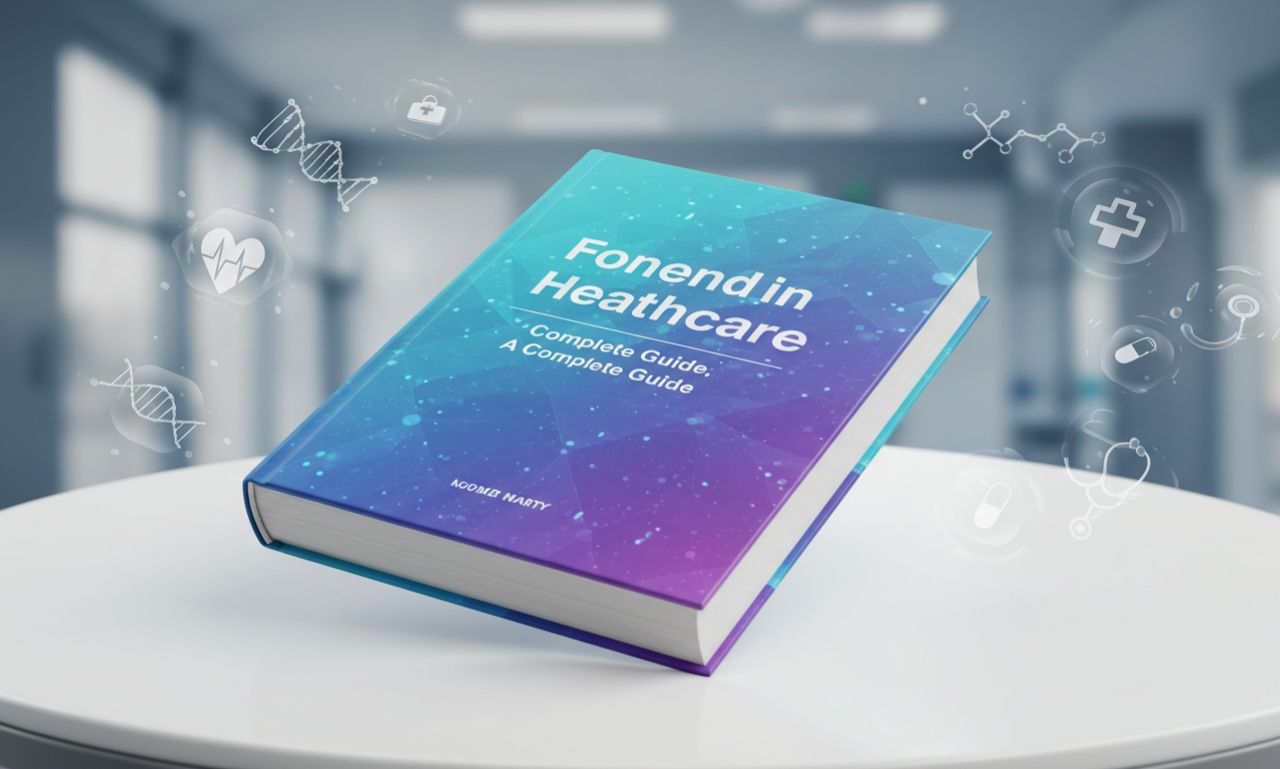Fonendi is the shortened term often used to describe the fonendoscope, a medical instrument that closely resembles the stethoscope. This diagnostic tool is an essential device in healthcare, designed to help medical professionals listen to internal body sounds such as the heart, lungs, and blood flow. Though modern medicine has advanced significantly, fonendi remains an indispensable instrument in patient examination.
The evolution of fonendi has not only refined medical practice but also enhanced the accuracy of diagnoses. Its simplicity, affordability, and reliability make it one of the most widely used devices in hospitals and clinics around the world.
Fonendi vs. Stethoscope: Key Differences
At first glance, fonendi and a fonendi may look identical, but there are notable differences.
-
Design: Fone-ndi often includes a double membrane system that improves sound transmission and reduces external noise.
-
Sound Clarity: It provides clearer and more amplified internal sounds compared to traditional stethoscopes.
-
Usage: Doctors often choose fone-ndi for more precise examinations of cardiovascular and pulmonary functions.
The subtle yet crucial distinctions between fone-ndi and the stethoscope highlight why many medical professionals prefer it for daily use.
The Evolution of Fonendi in Modern Medicine
The history of fonendi dates back to the early innovations of the stethoscope. Over time, technological advancements led to modifications in structure and sound amplification. By integrating high-quality diaphragms and improved tubing materials, fone-ndi became more reliable and user-friendly.
Today, manufacturers continue to refine fone-ndi with ergonomic designs, lightweight materials, and even electronic features that allow digital sound transmission.
How Fonendi Works
The operation of fonendi is simple but highly effective. It uses a diaphragm to pick up sound vibrations from the patient’s body. These vibrations travel through the tubing and reach the doctor’s ears.
-
High-frequency sounds such as breath sounds are captured through the diaphragm.
-
Low-frequency sounds, like heart murmurs, can be detected by adjusting the pressure applied.
This dual capability allows medical professionals to detect a wide range of abnormalities quickly.
Fonendi in Clinical Practice
Medical professionals rely on fonendi in various settings, including hospitals, clinics, and even during home visits. Common uses include:
-
Cardiology: Assessing heartbeats, murmurs, and rhythm abnormalities.
-
Pulmonology: Listening to lung sounds to detect conditions such as asthma, pneumonia, or bronchitis.
-
General Practice: Routine physical check-ups and patient monitoring.
Because of its versatility, fone-ndi is not restricted to specialists alone; general practitioners and nurses also benefit greatly from it.
Advantages of Using Fonendi
The widespread use of fonendi can be attributed to its many benefits:
-
Affordability: Compared to high-tech devices, fone-ndi is a cost-effective option.
-
Accessibility: Easy to use, making it suitable for both students and professionals.
-
Reliability: Provides accurate and clear sound detection.
-
Durability: Built with high-quality materials to withstand daily medical use.
These advantages ensure that fone-ndi remains an integral part of modern healthcare, even in the digital era.
Fonendi and Technology Integration
Recent years have seen innovations in fonendi design. Some models now feature electronic amplification, Bluetooth connectivity, and even AI-powered analysis. These modern enhancements allow doctors to record, share, and analyze sounds more effectively.
Digital fone-ndi devices are particularly valuable in telemedicine, enabling remote consultations and diagnoses without requiring in-person visits.
Training Medical Students with Fonendi
Medical schools around the world continue to train students using fonendi. Learning to detect subtle heart murmurs, lung sounds, and vascular irregularities is a critical part of medical education. The simplicity of fone-ndi allows students to focus on clinical skills rather than relying solely on high-tech tools.
Hands-on training with fone-ndi builds confidence and sharpens diagnostic abilities, ensuring the next generation of doctors remains proficient.
Common Misconceptions About Fonendi
Despite its importance, several misconceptions exist about fonendi:
-
Outdated Tool: Some believe digital technology has replaced fonendi, but it remains widely used.
-
Hard to Use: In reality, fone-ndi is straightforward and user-friendly.
-
Only for Specialists: General practitioners also rely on fone-ndi in daily practice.
These misconceptions often underestimate the crucial role fone-ndi continues to play in healthcare.
Choosing the Right Fonendi
When selecting a fonendi, professionals should consider:
-
Material Quality: High-grade tubing and diaphragms ensure durability.
-
Comfort: Lightweight and ergonomic designs reduce strain during long hours.
-
Sound Quality: Superior clarity improves diagnostic accuracy.
-
Special Features: Electronic models provide extra functionality for modern use.
Brands often cater to different specialties, so choosing the right type depends on the practitioner’s needs.
Future of Fonendi in Healthcare
The future of fone-ndi is promising. With advancements in materials, sound amplification, and integration with digital platforms, its role is expected to expand further. As telemedicine grows, electronic fone-ndi devices will become essential tools for remote care.
Nevertheless, the traditional fone-ndi will likely remain a staple in every medical toolkit due to its simplicity and proven effectiveness.
Conclusion
Fonendi continues to play a vital role in healthcare, bridging tradition and innovation. From routine check-ups to specialized diagnostics, its accuracy and reliability make it indispensable for medical professionals worldwide.
While modern technology introduces advanced diagnostic tools, the fone-ndi maintains its relevance by offering unmatched accessibility and trust. Its journey from a basic medical device to a modern instrument with digital enhancements proves its adaptability and importance in today’s evolving healthcare landscape.

